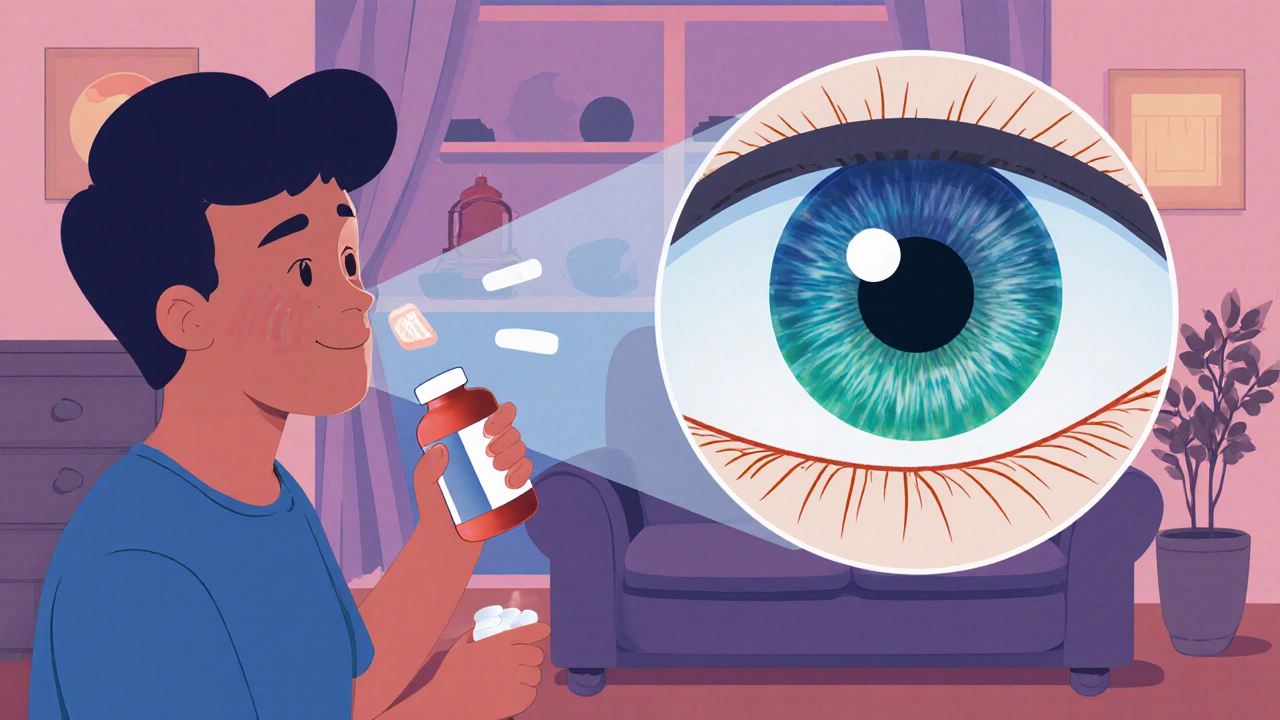Allergy Medication Risks
When considering allergy medication risks, the potential problems that can arise from using drugs to treat allergic reactions. Also known as allergy drug hazards, it’s a topic that touches many everyday users. Drug interactions, how one medication can affect the action of another are a core part of the picture, as are Side effects, unintended symptoms that appear after taking a drug. Two common classes that bring their own set of warnings are Antihistamines, medicines that block histamine to relieve sneezing, itching and watery eyes and Corticosteroids, anti‑inflammatory drugs often used for severe allergy flare‑ups. Understanding how these pieces fit together helps you avoid surprises.
Why does this matter? Most people reach for an over‑the‑counter antihistamine during pollen season, but the same drug can make you drowsy, interfere with alcohol, or clash with a prescription for depression. That’s a classic drug interaction scenario: an antihistamine that blocks histamine also binds to receptors that some antidepressants target, amplifying sedation. Corticosteroids, on the other hand, can raise blood sugar and weaken bones if taken long‑term, which is a major side effect for diabetics and seniors. Knowing which medications belong to which risk category lets you and your doctor choose the safest option.
Risk assessment isn’t a one‑size‑fits‑all exercise. Age, existing health conditions, and other drugs you’re already taking create a unique risk profile. For example, a child with eczema may be prescribed a low‑dose steroid cream, while an adult with asthma might need an oral steroid burst during an attack. Both scenarios involve side effects but differ in severity and monitoring needs. Likewise, people on blood thinners should double‑check any antihistamine that claims to reduce nasal swelling, because some contain ingredients that can affect clotting. A quick checklist – list every medicine, note any chronic illnesses, and ask your pharmacist about interactions – can catch problems before they start.
Key Considerations
Start by writing down every allergy product you use, from nasal sprays to eye drops. Next, flag any prescription drugs, especially those for heart, mood, or blood‑clotting issues. Look up each pair for known drug interactions. If you notice drowsiness, dry mouth, or any new symptom, treat it as a potential side effect and talk to a healthcare professional. For steroid users, regular blood‑pressure checks and bone‑density scans are good habits. Antihistamine users should avoid driving or operating heavy machinery if they feel sleepy, and always keep an eye on how the drug mixes with alcohol or caffeine.
Below you’ll find a curated collection of articles that dive deeper into specific allergy meds, dosage tips, and safety warnings. Whether you’re trying to pick the right antihistamine, understand steroid bursts, or simply want a quick guide on avoiding harmful interactions, the posts ahead cover the most common questions and real‑world scenarios. Use them as a practical toolbox to keep your allergy treatment effective and safe.
Antihistamines and Glaucoma: Risks of Common Allergy Meds for Eye Health
Learn why common antihistamines can trigger acute angle‑closure glaucoma, which drugs are safe, and how to protect your eyes while treating allergies.

